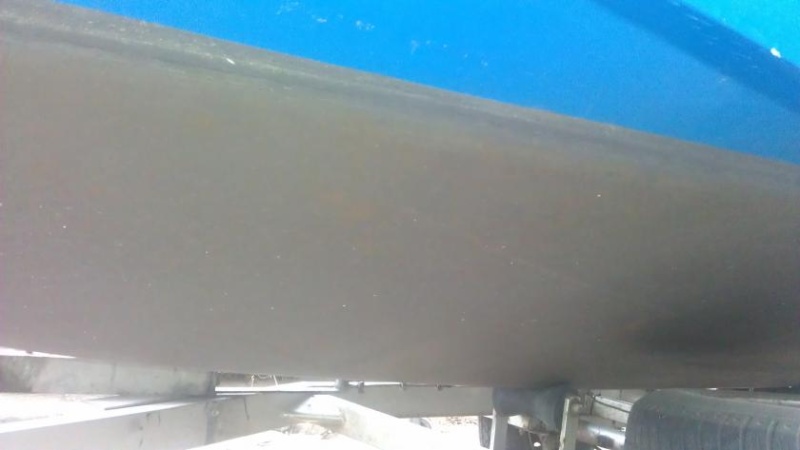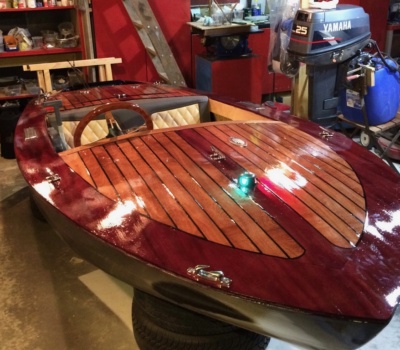The hull was painted follow recommendations of Sea-Line manufacturer. At first layer epoxy primer and then three layers antyfoulingu Sea-Line.
The unit stayed about three months on the rich in algae Lagoon Zegrzyński. Photos illustrate the hull after the season.
“I would recommend Sea-line antifouling :)”


Renovation of the Spanish motorboat Ducauto caribe. “Cut in half, gutted and made according to

Cosmetics Sea-Line use in Polish Army for cleaning and protect Sea Gun AM35 on „ORP

Mr. Wojciech Ceiślik, boatbuilder Glen-L Squirt: „I recommend Sea-Line products to everyone who builds and

„… It was not easy, hard job on knees with mask and glasses. Feeling like
Do not add more hardener, because after the base has cured, the remaining hardener will react with subsequent layers, which will be applied to the surface and cause defects. For the product to work properly, please follow the proportions given by the manufacturer.